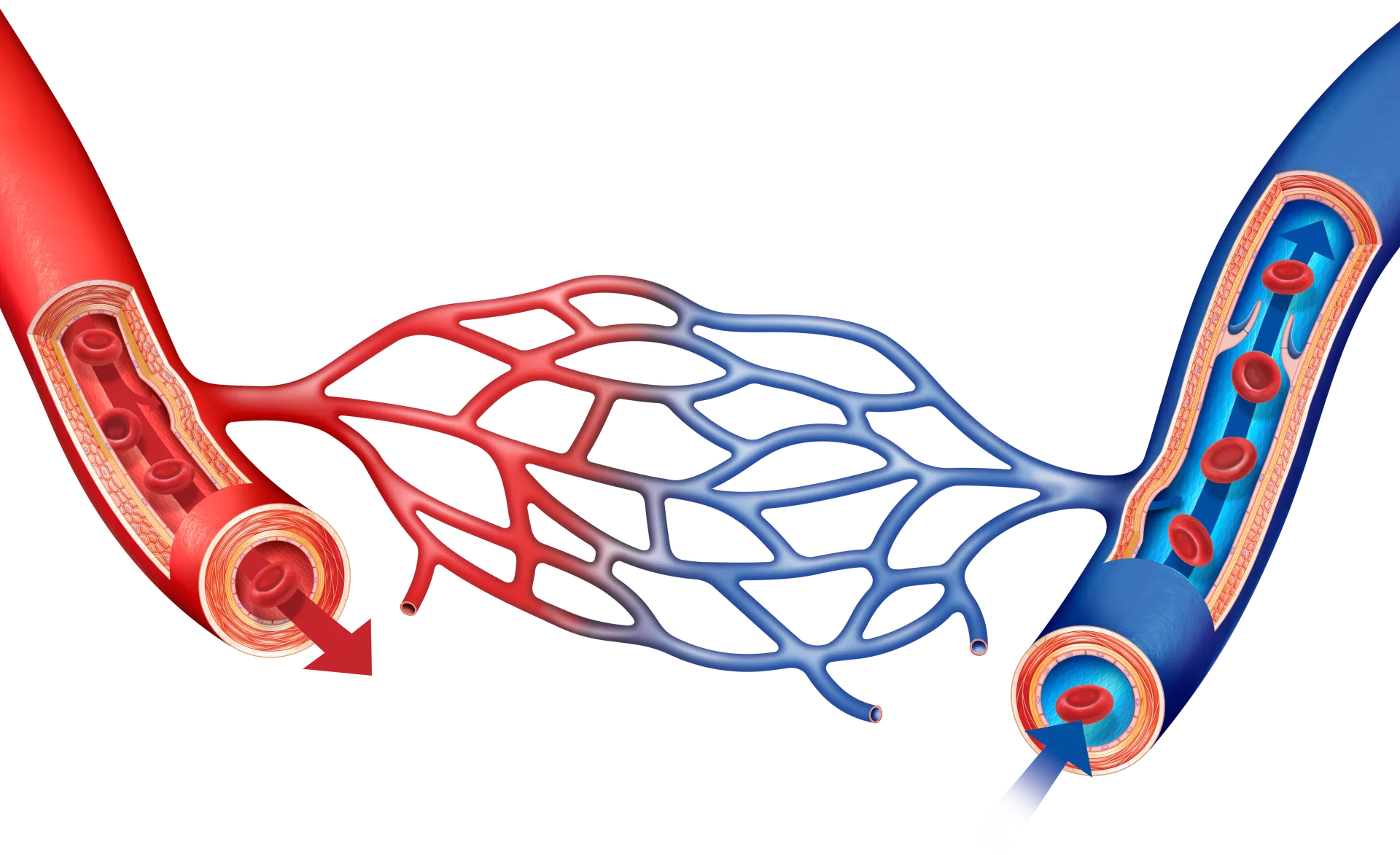Cardiovascular system & function of CVS-The course is designed for the basic understanding of anatomical structures and physiological functions of human body, musculoskeletal system, digestive system, respiratory system; cardiovascular system; urinary system, endocrine system, reproductive system, nervous system, hematologic system, sensory organs, integumentary system, and immune system.The aim of the course is to acquire knowledge and skills regarding anatomy and physiology.

Cardiovascular system & function of CVS
The cardiovascular system is composed of the heart and the network of a series of closedblood vessels(Arteries, Arterioles, Veins, Venules and capillaries) that transport blood throughout the body andalsopermits bloodcirculation to transport nutrients (such as amino acids and electrolytes), oxygen, carbon dioxide, hormones, blood cells, etc. to and from cells in the body to nourish it and help to fight diseases, stabilize body temperature and pH, and to maintain homeostasis.
The average adult male has between 5 to 6 liters of blood or blood volume, while the average adult female has between 4 to 5 liters.
Component of CVS:
- Central pumping organ: The heart.
- A series of blood vessels: Arteries, Arterioles, Veins, Venules and capillaries.
- Blood
(Ref:-Stuart Ira Fox, Pierce College, Human Physiology-12h edition, P-402)

Functions of CVS:
The function of the cardiovascular system is to service the needs of the body tissues, i.e-
- To transport O,& nutrients to all body tissues.
- To collect waste products & CO, from different organs for excretion from the body
- To conduct hormones from one part of the body to another.
In general, to maintain an appropriate environment in all the tissue fluids of the body for optimal survival and functions of cells.
Blood vessels

Functional Classification of blood vessels:
Arteries: The arteries are the blood vessels that deliver oxygen-rich blood from the heart to the tissues of the body.
Arterioles: are the smallest branches of the arteries.
Capillaries: have the largest total cross-sectional and surface area of Arteries and Veins.
Venules are the smallest branches of the Vein.
Veins: The veins are the blood vessels that carry.
de-oxygenated blood from different parts of the body to the heart
Read more:
